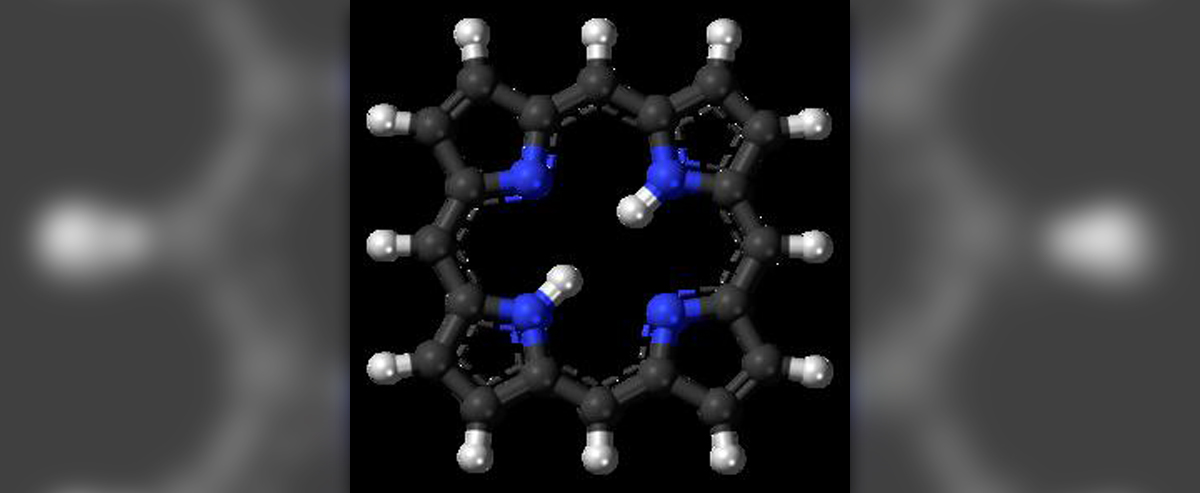
There are different types of porphyrias which may beacquired or inherited. They are associated with certain sorts of enzymes in theheme bio-synthetic pathway which is commonly referred to as the porphyrinpathway. The two main types of porphyria are the acute or hepatic porphyriasand the cutaneous or erythropoietic porphyrias. This type of classification isbased on the differences in the accumulation and overproduction of porphyrins.Most cases involve manifestations such as different skin problems orneurological types of complications. These medical conditions may sometimes beconfused with a certain histologically identical condition which is medicinallyreferred to as pseudoporphyria and characterized by normal levels Or serum andurine porphyrin. The actual name of the medical condition is derived fromcertain Greek words and it can be roughly translated to purple pigment. The namederivation is probably due to the fact that the condition commonly involvespurple discoloration of urine and feces which occurs during a porphyria attack.Porphyria occurs in one in every 25,000 citizens of the United States.
Types of Porphyria
One of the two main types of porphyria is the cutaneousporphyria which is also sometimes referred to as erythropoietic porphyria. Thistype of porphyria is commonly characterized by increased such as the forehead,swelling, itching, necrosis of the gums, necrosis of the skin, blisters andphotosensitivity. Most of these symptoms commonly and primarily affect theskin. Unlike other types of porphyria, this one does not involve any painfulsensations in the abdomen. Just like all other forms of porphyria, thecutaneous one may be involved by various changes in color of the urine whichare induced by exposure to sunlight. Themost common type of porphyria is the acute porphyria which is also commonlyreferred to as the hepatic porphyria. This medical condition is known foraffecting the nervous system which in most cases leads to the development ofcertain symptoms such as paranoia, anxiety, depression, hallucinations, othersorts of mental disturbances, seizures, muscle weakness, acute neuropathy,vomiting and painful sensations in the abdomen. Some cases of acute porphyriamay involve tachycardia and cardiac arrhythmias mainly due to the fact that theautonomic nervous system may get affected as well. Painful sensations commonlyassociated with acute porphyria may be defined by different levels of severityand they may also be chronic or acute in nature. The nervous system of the gutmay also get affected by the acute type of porphyria, and when it occurs it isusually manifested as diarrhea or constipation, depending on the cases. Casesof porphyria which are associated with liver disease induced by liverdysfunction often may lead to some further complications such as jaundice. Itmay also be noted that those who are affected by acute porphyria may beinvolved with an increased risk of primary liver cancer.
Treatments Options and Life Style
All different sorts of treatment methods for those whosuffer from cutaneous types of porphyrias are usually focused on the reductionof the amount of porphyrins in the body so that the symptoms of the conditionmay be alleviated. Beta carotene and other types of carotenoids such ascanthaxanthin may be of great help in the long term treatment plans. Of course,there are certain medications which can be of great help when it comes totreating cutaneous cases of porphyrias. Those medications include chloroquineand hydroxychloroquine, which are commonly used for the treatment of malaria.These two types of medications are very efficient when it comes to absorbingexcessive amounts of porphyrins and helping the body get rid of them muchfaster than usual. Among the most common types of treatment methods for thosewho suffer from cutaneous porphyria is the process called phlebotomy. Thisprocess is characterized by drawing certain amounts of blood from the veins inorder to reduce the amounts of iron and porphyrins in the body. The treatmentfor those who suffer from acute types of porphyrias may involvehospitalization. Other common sorts of treatment methods for such medicalproblems may involve hemin or hematin injections, intravenous fluids to combatdehydration, intravenous sugar for the maintenance of adequate intake ofcarbohydrates, prompt treatment of possible related infections, medications forthe control of painful sensations and immediate stopping medications that mayhave triggered symptoms of the condition. There are also certain types of homeremedies and life style changes which may also be of great help for all thosewho suffer from different types of porphyria. All stressful situations need tobe avoided. All illnesses and infections need to be treated as soon aspossible. Excessive exposure to sunlight needs to be avoided, or at least itneeds to be accompanied by sunscreen and protective clothing. Smoking andconsumption of all tobacco products needs to be avoided as much aspossible. The same can be said forfasting, dieting and the consumption of illegal drugs and alcohol beverages.








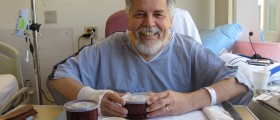

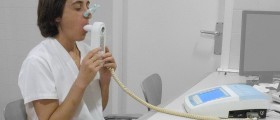

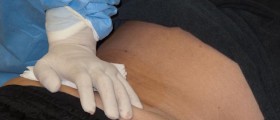

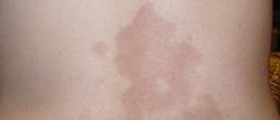


Your thoughts on this
Loading...